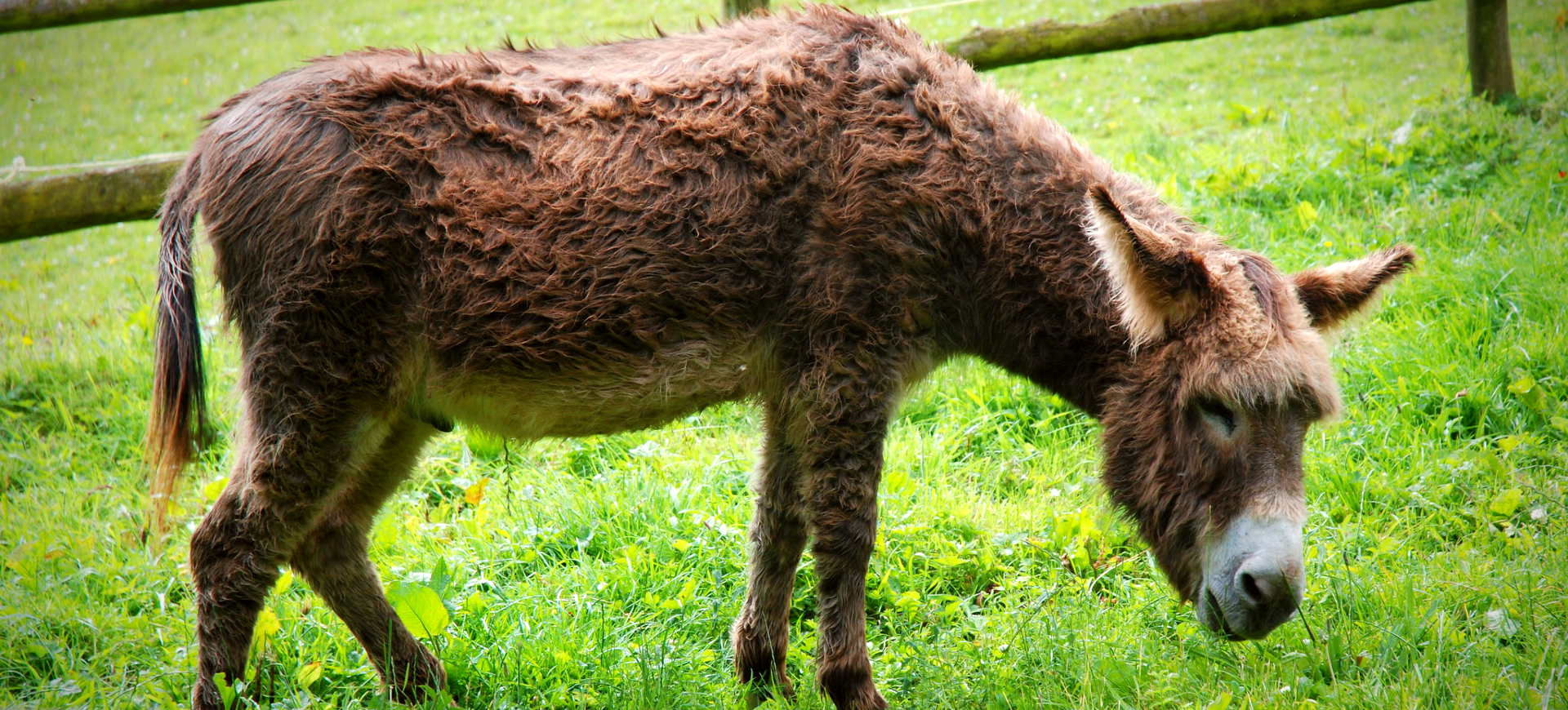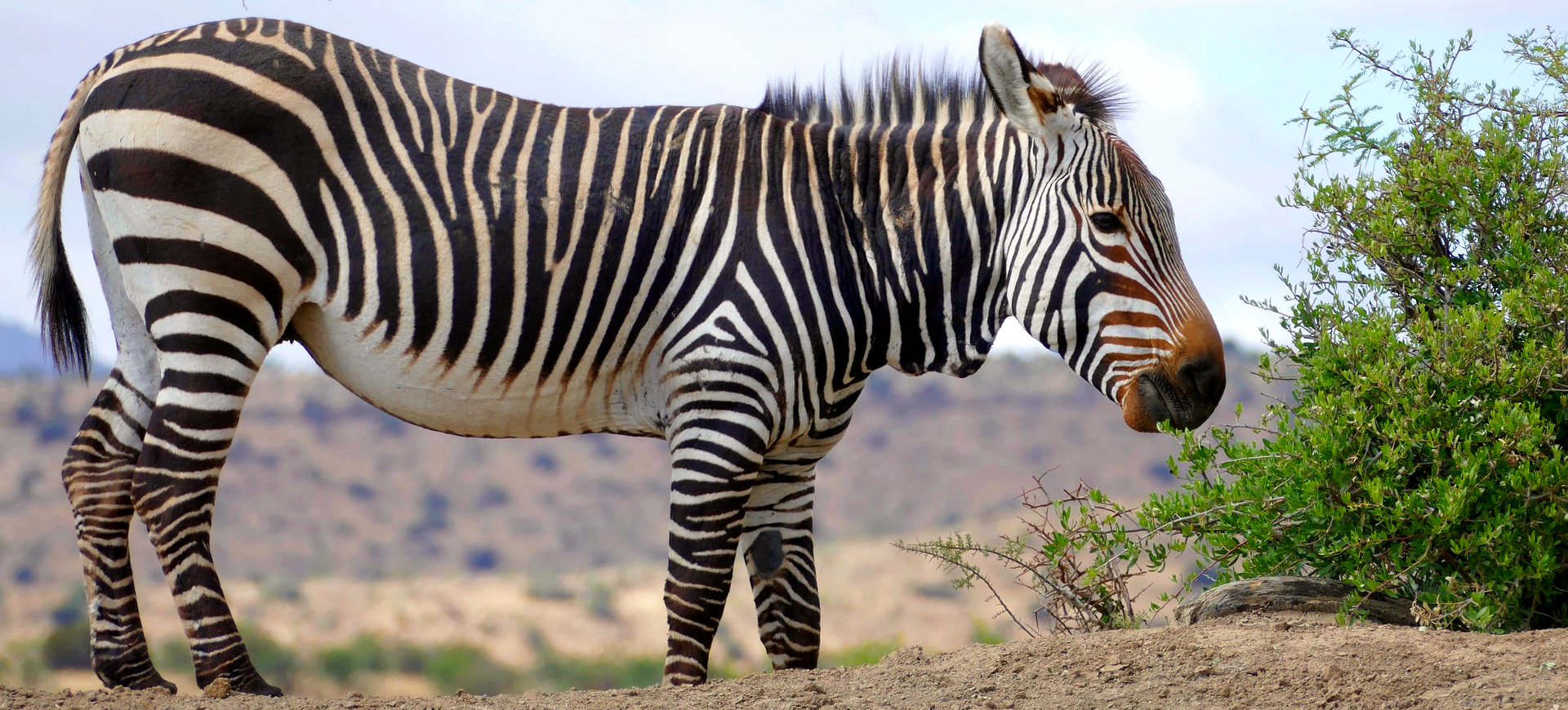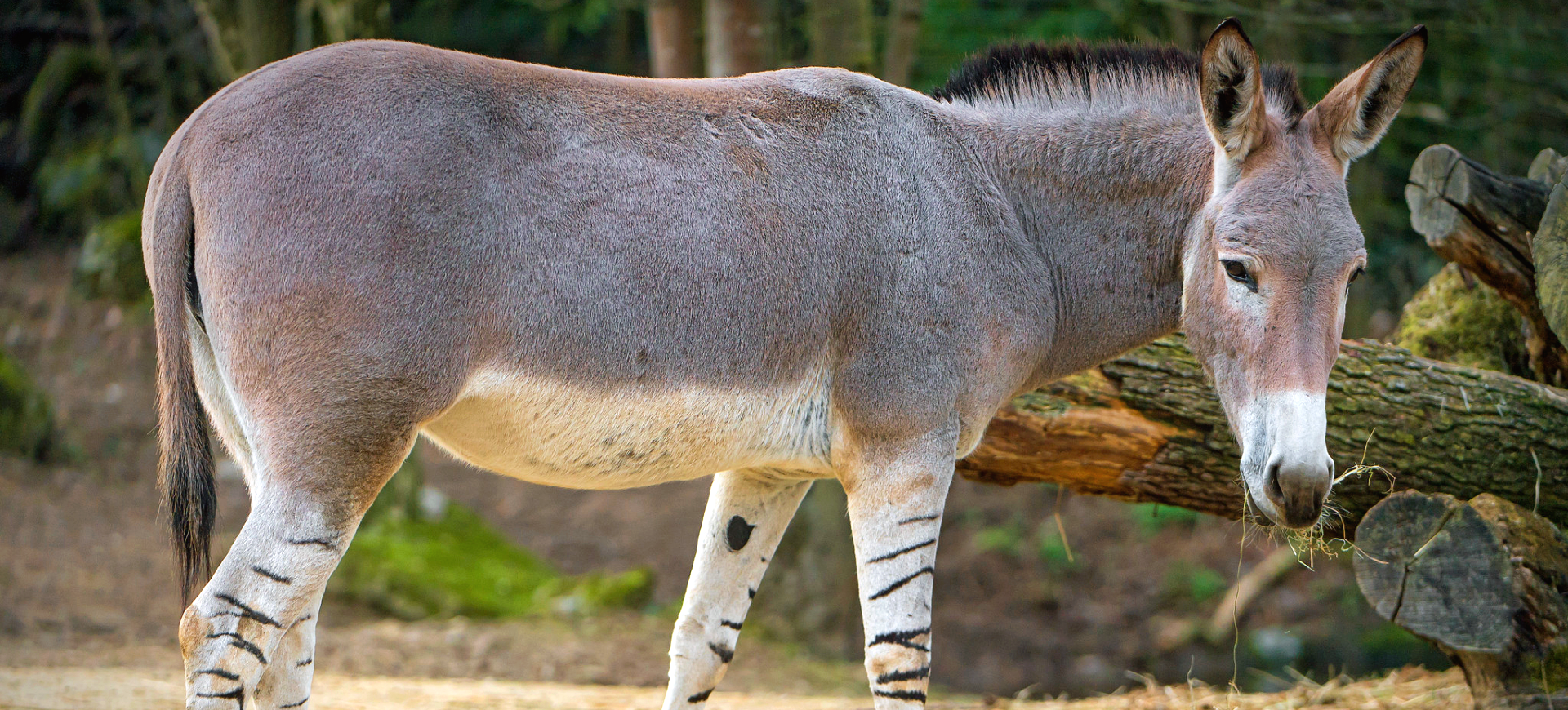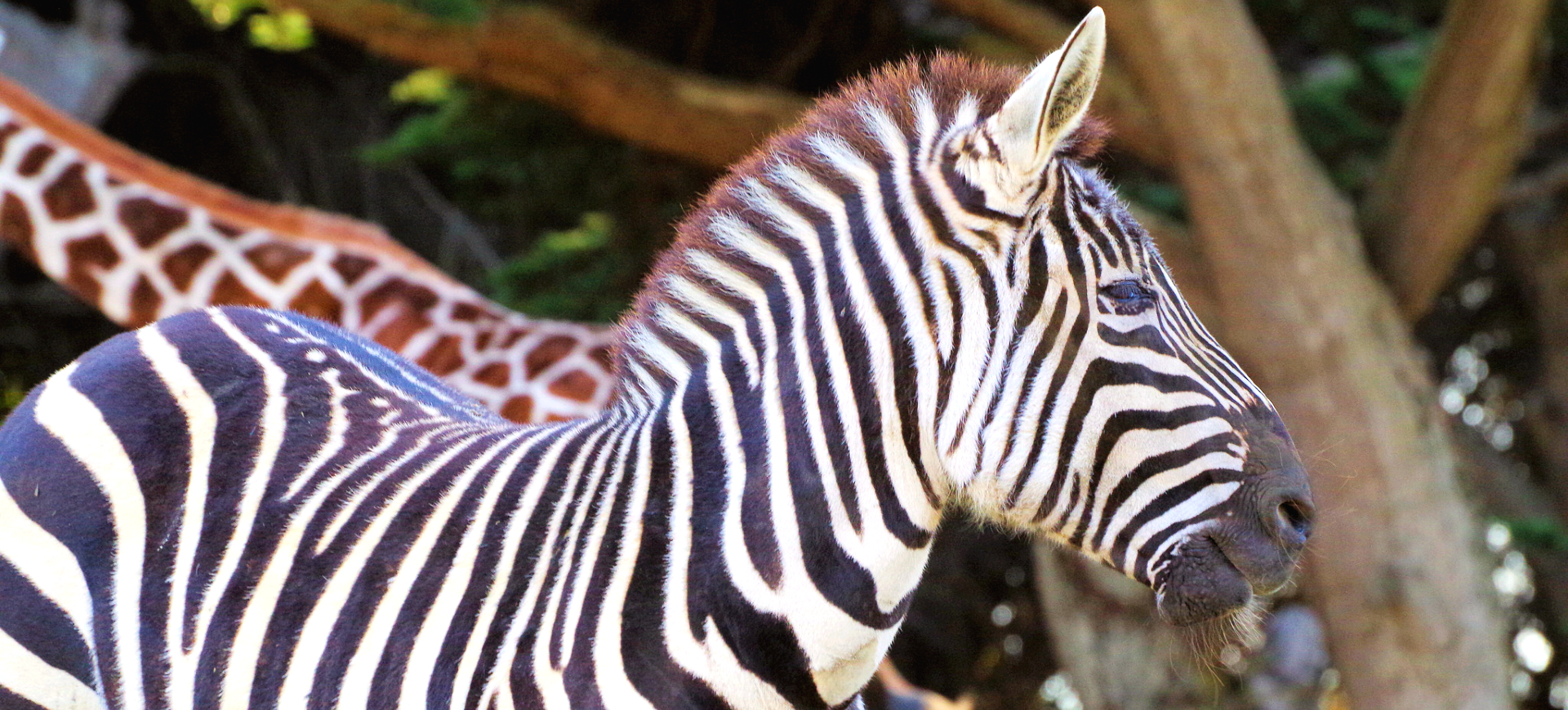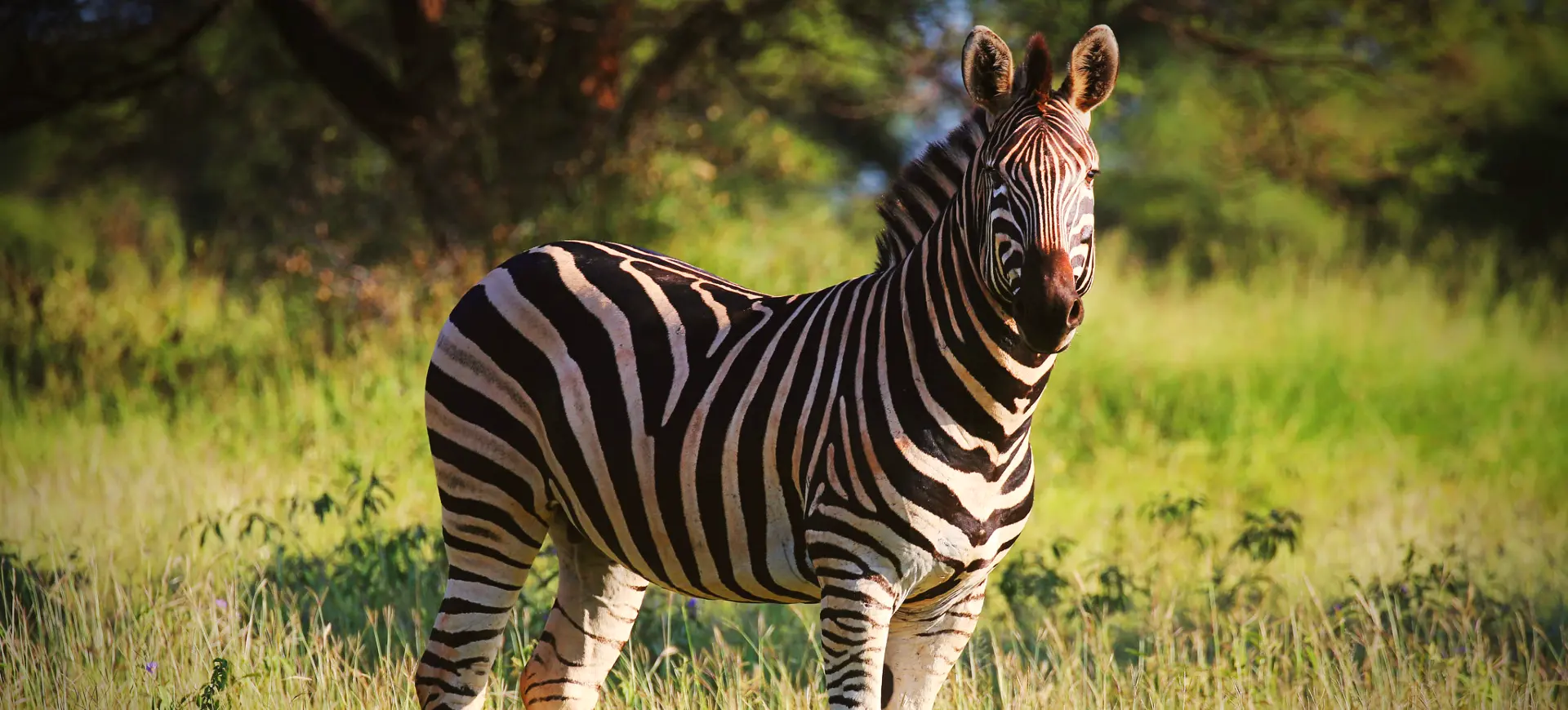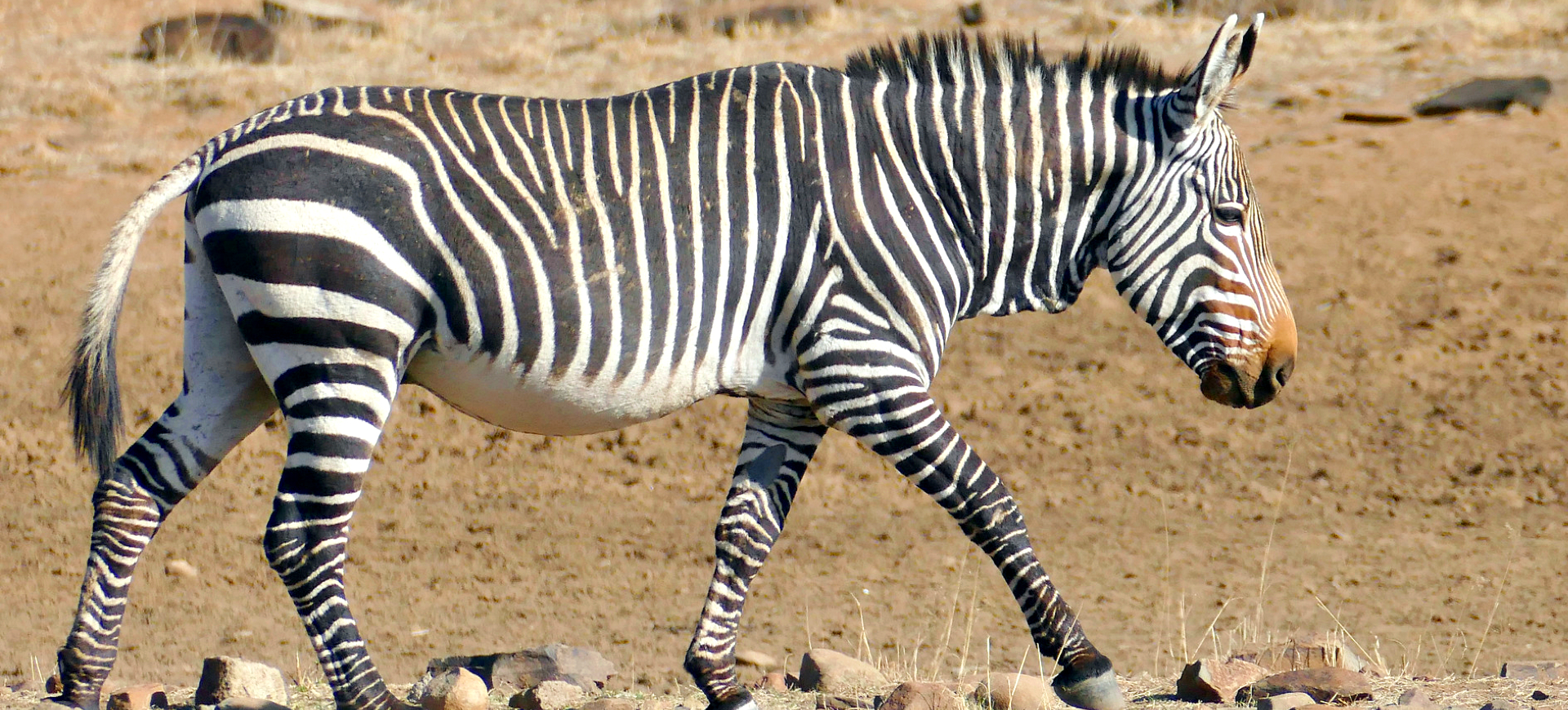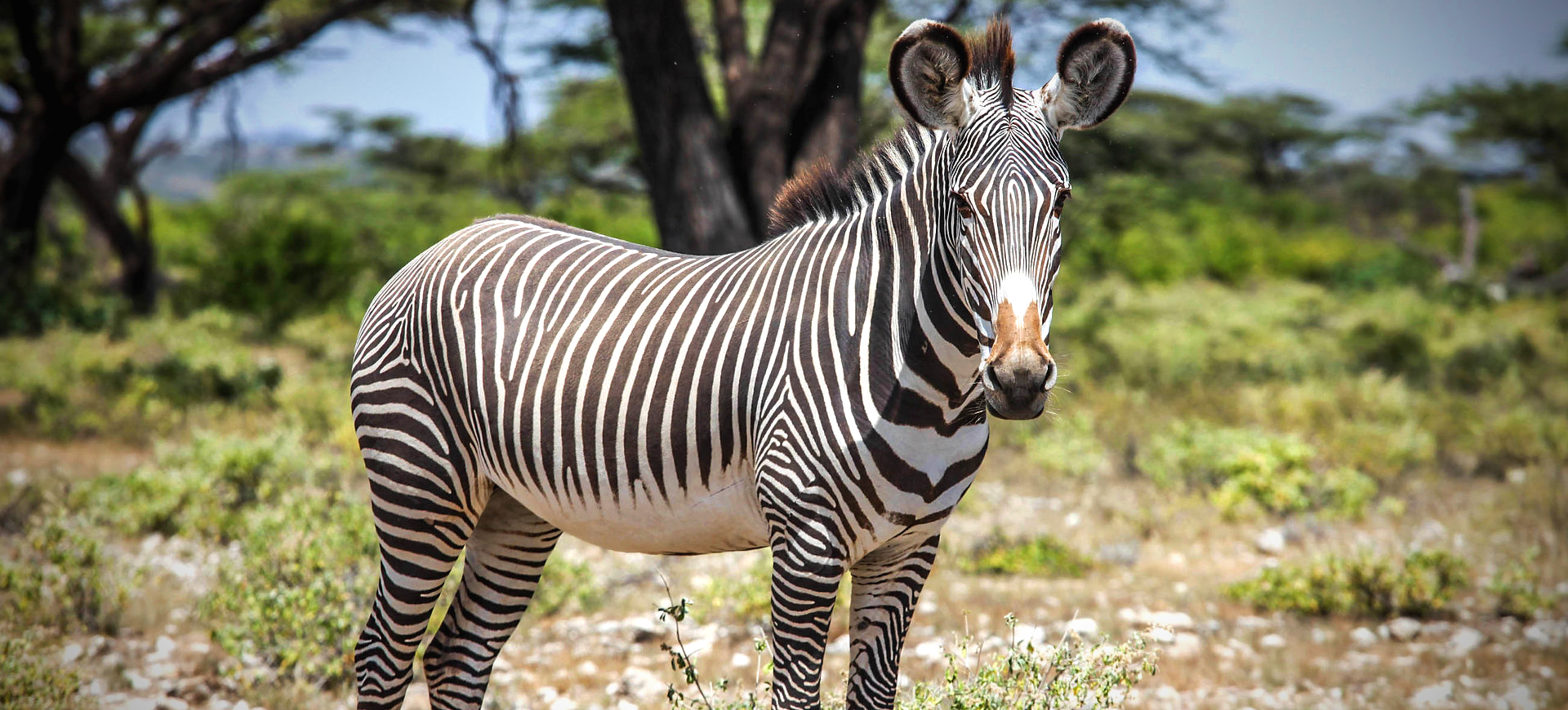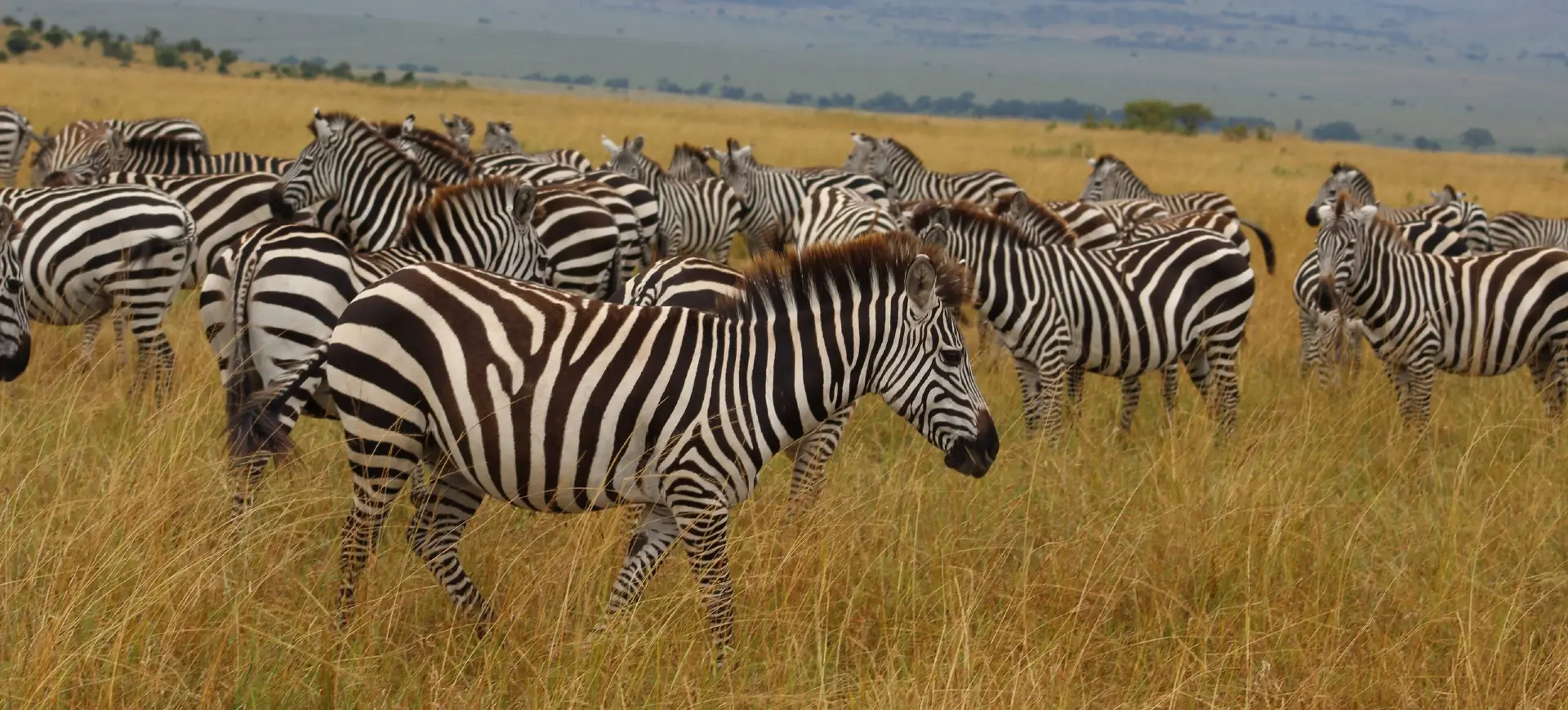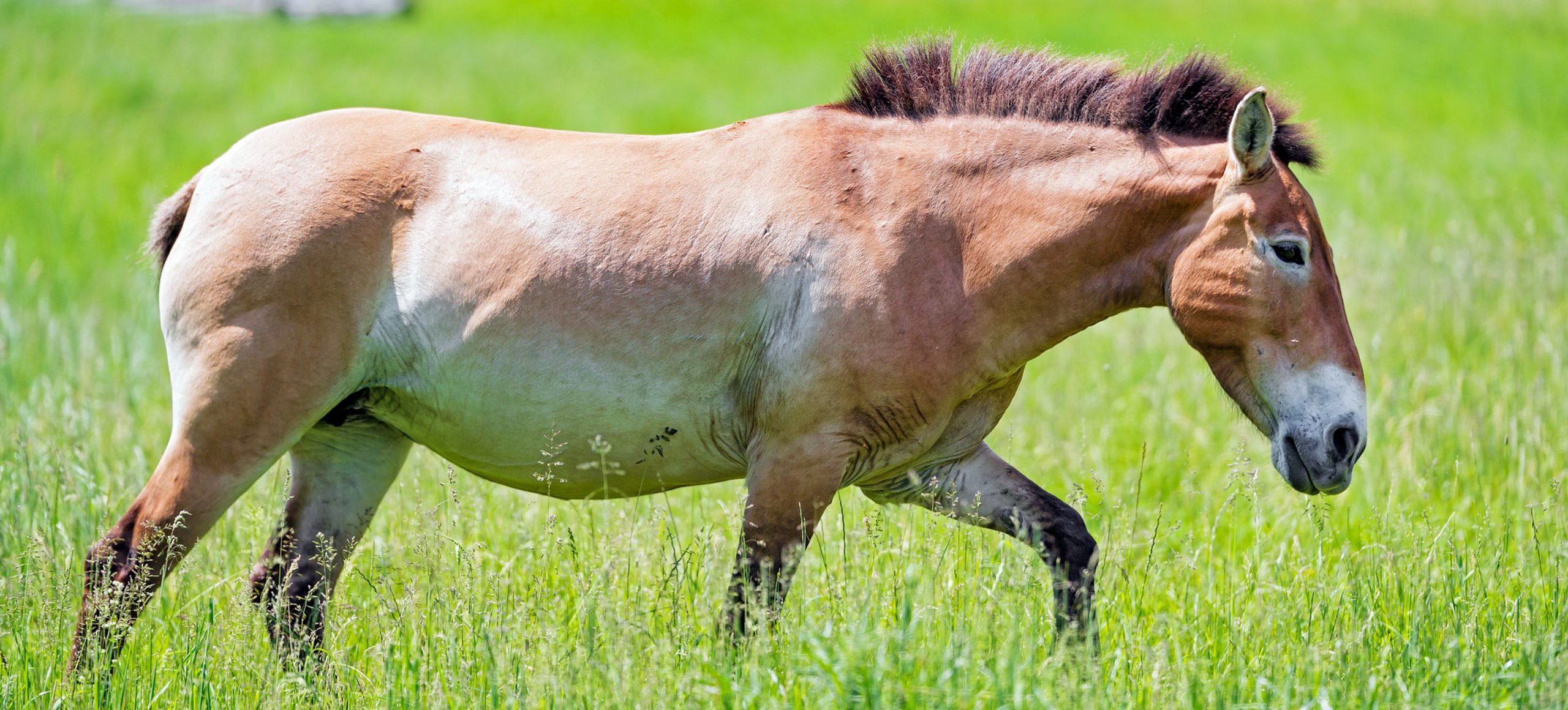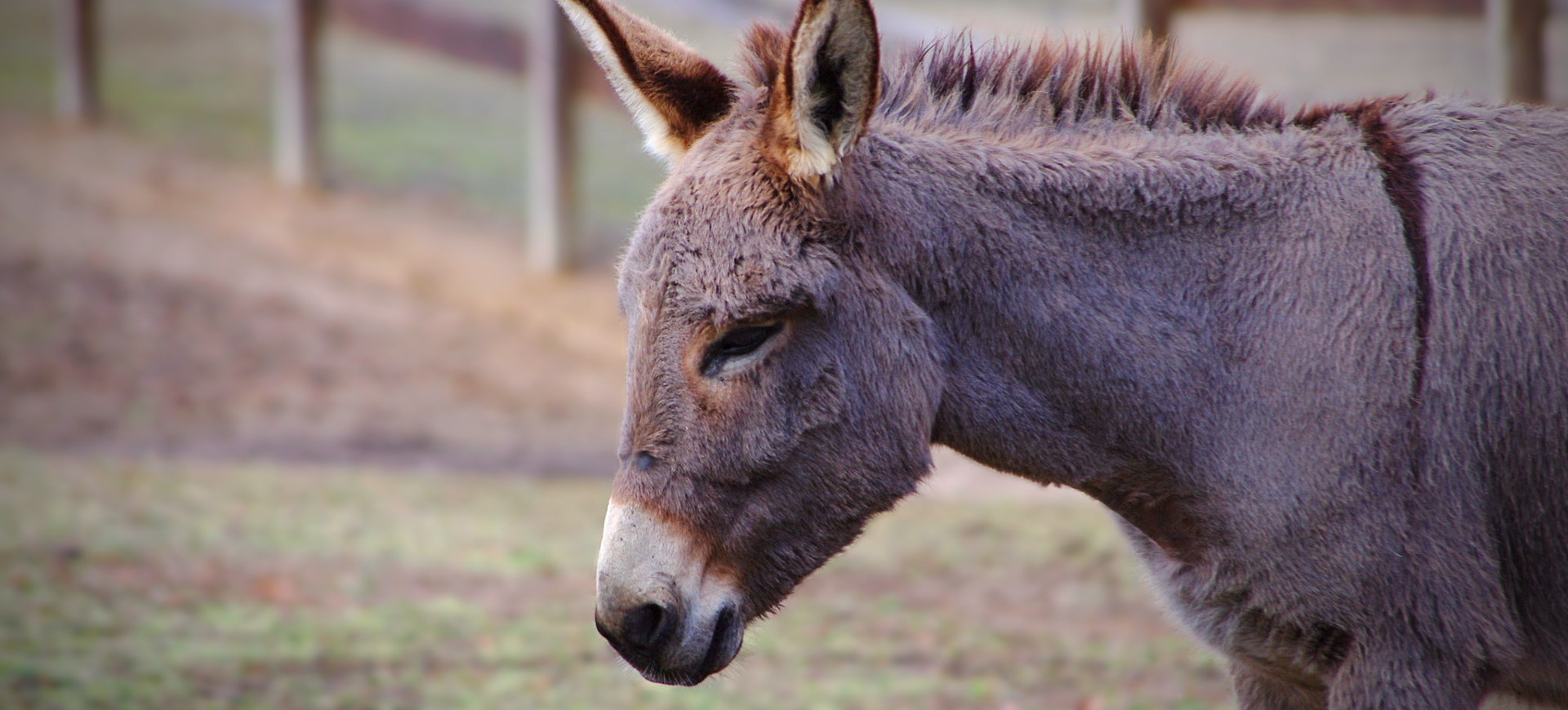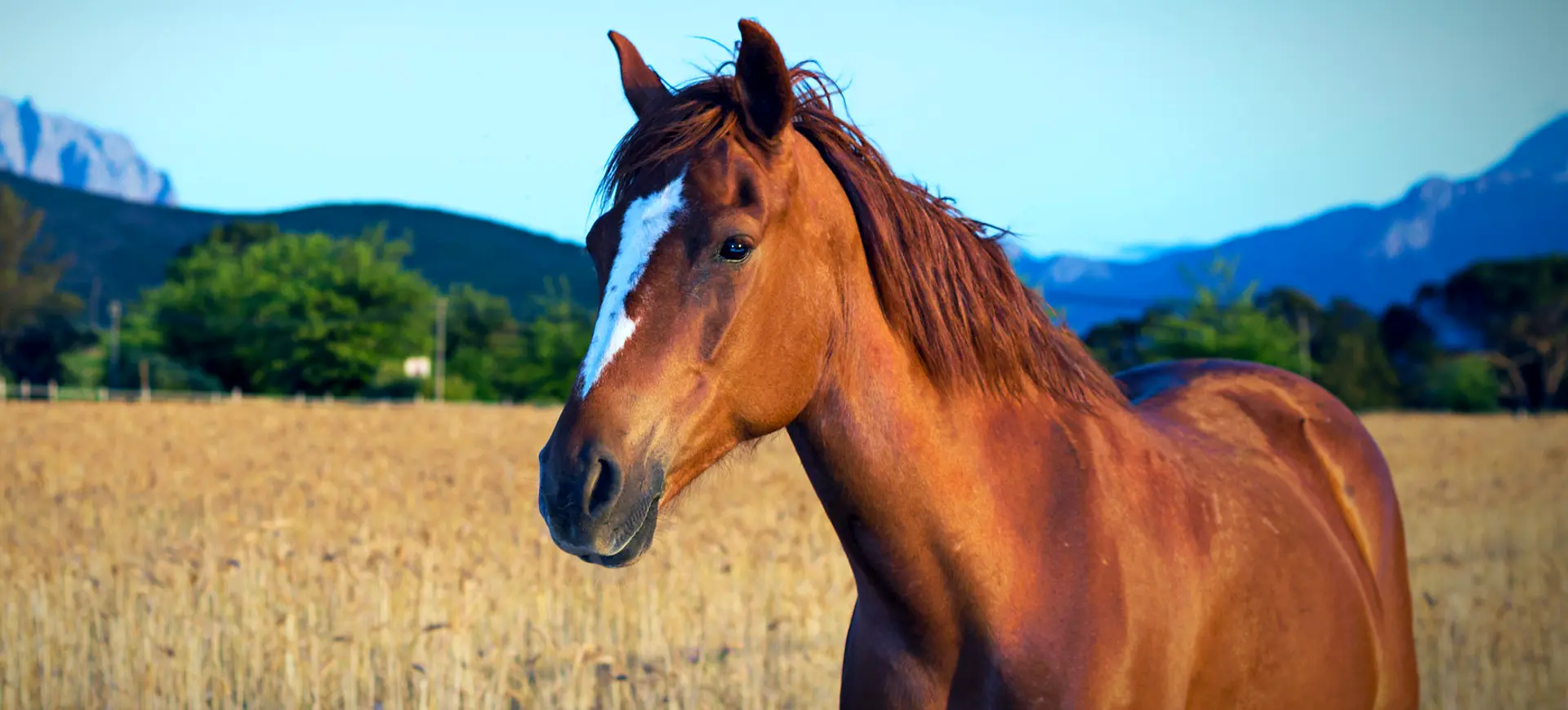Overview
The Persian onager (Equus hemionus onager), also known as the Persian wild ass, is a rare subspecies of the onager native to Iran. These animals are well-adapted to desert environments, exhibiting a light beige to sandy-colored coat, which helps them blend into their arid surroundings. They are smaller and more horse-like in build compared to other wild-ass subspecies, with sturdy bodies and relatively long legs that are suited for fast running across flat terrains. Persian onagers are known for their endurance and agility, crucial traits for evading predators and surviving in the harsh climate of their native habitats.
Historically, Persian onagers were widespread across the Middle East, but their numbers have dwindled drastically due to habitat loss, hunting, and competition with livestock. They live in small groups typically consisting of a dominant male, several females, and their young, although bachelor groups of males are also common. These social structures fluctuate greatly, often depending on the availability of water and forage. The survival of the Persian onager is a conservation priority, given its critical status and the ecological role it plays in semi-desert ecosystems.
The diet of the Persian onager primarily consists of grasses, herbs, and foliage, which vary seasonally in availability in their arid habitats. This dietary adaptability has enabled them to survive in environments with sparse vegetation. Conservation efforts are focused on habitat restoration and protection, as well as measures to mitigate conflicts with local communities and livestock.
Taxonomy
Kingdom
Phylum
Class
Order
Family
Genus
Species
Sub Species
Type
RANGE
Current distribution:
Today, the Persian onager is confined to a few protected areas in Iran, such as the Khar Turan National Park and the Bahram'gur Protected Area. Their populations are small and highly fragmented, primarily due to extensive habitat loss and the encroachment of agricultural lands. Conservation programs have been focusing on habitat preservation and the re-establishment of onagers in areas where they have been extirpated.
Efforts to monitor and protect these populations involve local and international conservation organizations, which implement measures to reduce poaching and conflict with local farmers. Despite these efforts, the Persian onager remains critically endangered, with every remaining individual vital for the subspesubspecies'val.
Physical Description:
The Persian onager features a lean and robust physique, with a distinctly narrow body, long legs, and a short mane along the neck, contributing to its agile and swift nature. The coat is typically pale, beige, or sandy, providing excellent camouflage in desert and steppe habitats. They possess a dark dorsal stripe that runs from the mane to the tail, and their lower legs are marked with horizontal stripes, which are faint yet distinctive. The face is expressive, with large, alert eyes and long ears constantly moving to detect sounds of potential threats.
Adult Persian onagers are relatively small compared to domestic horses but larger than most donkeys, with a size that reflects their adaptation to a life of running in open, rugged terrains. Their hooves are hard and rounded, ideal for gaining traction in loose, sandy soils. The tail is tufted at the end, and their overall body hair is short, reflecting an adaptation to their natural habitat’s hot, dry climate. The physical characteristics of Persian onagers aid in their survival by facilitating fast movements and regulating body temperature in extreme weather conditions.

Lifespan: Wild: ~14 Years || Captivity: ~20 Years

Weight: Male & Female: 440-570 lbs (200-260 kg)

Length: Male & Female: 79-91 in (200-230 cm)

Height: Male & Female: 40-52 in (102-132 cm)

Top Speed: 44 mph (71 km/h)
Characteristic:
Native Habitat:
The Persian onager is native to the arid regions and salt deserts of Iran and is particularly adapted to the harsh conditions of these landscapes. They thrive in environments that offer open spaces and sparse vegetation, which supports their need for mobility and vigilance against predators. Their habitats are typically characterized by flat or rolling terrains, facilitating their fast running and quick escape capabilities.
Historically, their range included much of the Iranian plateau, but habitat degradation and fragmentation have limited their presence to a few protected areas. These regions are primarily semi-desert, with patches of grassland and sparse shrublands, providing the minimal resources needed for their survival. The climate is generally hot and dry, with minimal rainfall, shaping their adaptation for water conservation and heat resistance.
Biomes:
WWF Biomes:
Biogeographical Realms:
Continents:
Countries:
Diet:
Diet & Feeding Habits:
Persian onagers are herbivores, primarily grazing on grasses, leaves, and occasionally woody plant stems. Their diet is adapted to the sparse vegetation in their desert and steppe habitats, where food sources can be limited and scattered. They typically feed during cooler parts of the day, such as early morning or late evening, to avoid the midday heat. The ability to metabolize tough, fibrous plant material allows them to make the most of the scarce resources in their environment.
In addition to grasses, Persian onagers have been observed to consume salt-rich plants, which help them maintain electrolyte balance in their bodies, which is crucial for surviving high temperatures. They are known to travel great distances to find suitable feeding grounds, which also helps them avoid predation. Water sources dictate their movement patterns, as they need to drink regularly despite their arid surroundings. The adaptability of their feeding habits plays a crucial role in their survival, particularly as their habitats continue to be impacted by human activities.
Mating Behavior:
Mating Description:
The Persian onager’s mating system is characterized by territorial males competing for female access during the breeding season. Males establish territories that they defend vigorously, often engaging in fierce battles with rivals. These territories are usually chosen based on the availability of water and food, which are attractive to females. The breeding season is typically during the late summer, aligning with the peak condition of females for gestation.
Gestation lasts approximately 11 months, culminating in the birth of a single foal. Foals are precocial and can stand and run shortly after birth, crucial for survival in their open, predator-rich environments. The mother and foal bond is strong, with the foal dependent on the mother for nourishment and protection during its first year. The reproductive success of Persian onagers is a critical factor in the conservation efforts aimed at increasing their population.
Reproduction Season:
Birth Type:
Pregnancy Duration:
Female Name:
Male Name:
Baby Name:
Social Structure Description:
Persian onagers are typically found in small groups of females and their young, led by a dominant male during the breeding season. Outside of breeding, males may form bachelor groups or live solitarily. The social structure allows for efficient resource use within their harsh environments, where water and food are scarce.
The dynamics within groups can change with the availability of resources, with individuals sometimes splitting off to form new groups or join others. This fluid social structure helps onagers adapt to the variable conditions of their habitats, providing flexibility in their survival and reproduction strategies.
Groups:
Conservation Status:
Population Trend:
The global population of the Persian onager is critically endangered, with fewer than 600 individuals remaining in the wild. These populations are concentrated in small, isolated reserves in Iran, where they are protected but still vulnerable to external threats. The fragmented nature of these populations makes them susceptible to genetic bottlenecks, which can reduce genetic diversity and resilience against diseases and environmental changes.
Conservation efforts are critical for the survival of the Persian onager. They involve habitat protection, anti-poaching measures, and scientific research to understand their needs and behaviors. Captive breeding programs are also part of the conservation strategy, aimed at reintroducing individuals into the wild to bolster genetic diversity and overall population numbers.
Population Threats:
The main threats to the Persian onager include habitat loss due to agricultural expansion, illegal hunting, and competition for water and food resources with domestic livestock. These factors reduce their living spaces and lead to conflicts with local communities. Additionally, the genetic integrity of the Persian onager is at risk due to potential hybridization with domestic horses and donkeys, which can occur when wild and domestic populations come into contact.
Conservation areas are also threatened by illegal activities such as poaching and grazing by domestic animals, which degrade the quality of the habitat. The survival of the Persian onager is dependent on the effective enforcement of wildlife protection laws and the cooperation of local communities in conservation efforts.
Conservation Efforts:
Conservation strategies for the Persian onager include legal protection, habitat management, and the establishment of wildlife corridors that facilitate safe migration between fragmented habitats. These efforts are supported by both Iranian authorities and international conservation groups, which provide the necessary resources and expertise. Public awareness campaigns and community involvement are crucial to reducing human-wildlife conflicts and promoting sustainable coexistence.
Captive breeding and reintroduction programs have seen some success, with several onagers born in captivity being released into the wild. These programs are complemented by ongoing research that monitors the health and behavior of reintroduced individuals, ensuring their adaptation to the wild and contributing to the population’s genetic viability.
Additional Resources:
Fun Facts
- Persian onagers are among the fastest mammals in their region, capable of reaching speeds up to 40 mph.
- They have highly developed senses, particularly their vision and hearing, which are crucial for detecting predators.
- Unlike many other wild equids, Persian onagers have never been domesticated.
- Their unique hoof structure allows them to run quickly, even on soft sand.
- Persian onagers can survive without water for several days, obtaining moisture from their food.
- They roll in dust and mud to protect their skin from insects and the sun.
- Foals can run within hours of birth, vital for survival in predator-rich areas.
- The Persian onager has been featured on the stamps of several countries, highlighting its cultural and conservation significance.
- Conservation programs for Persian onagers sometimes use advanced technology, such as satellite collars, to track their movements and behavior.
- Efforts to conserve the Persian onager also benefit other endangered species that share their habitat.








